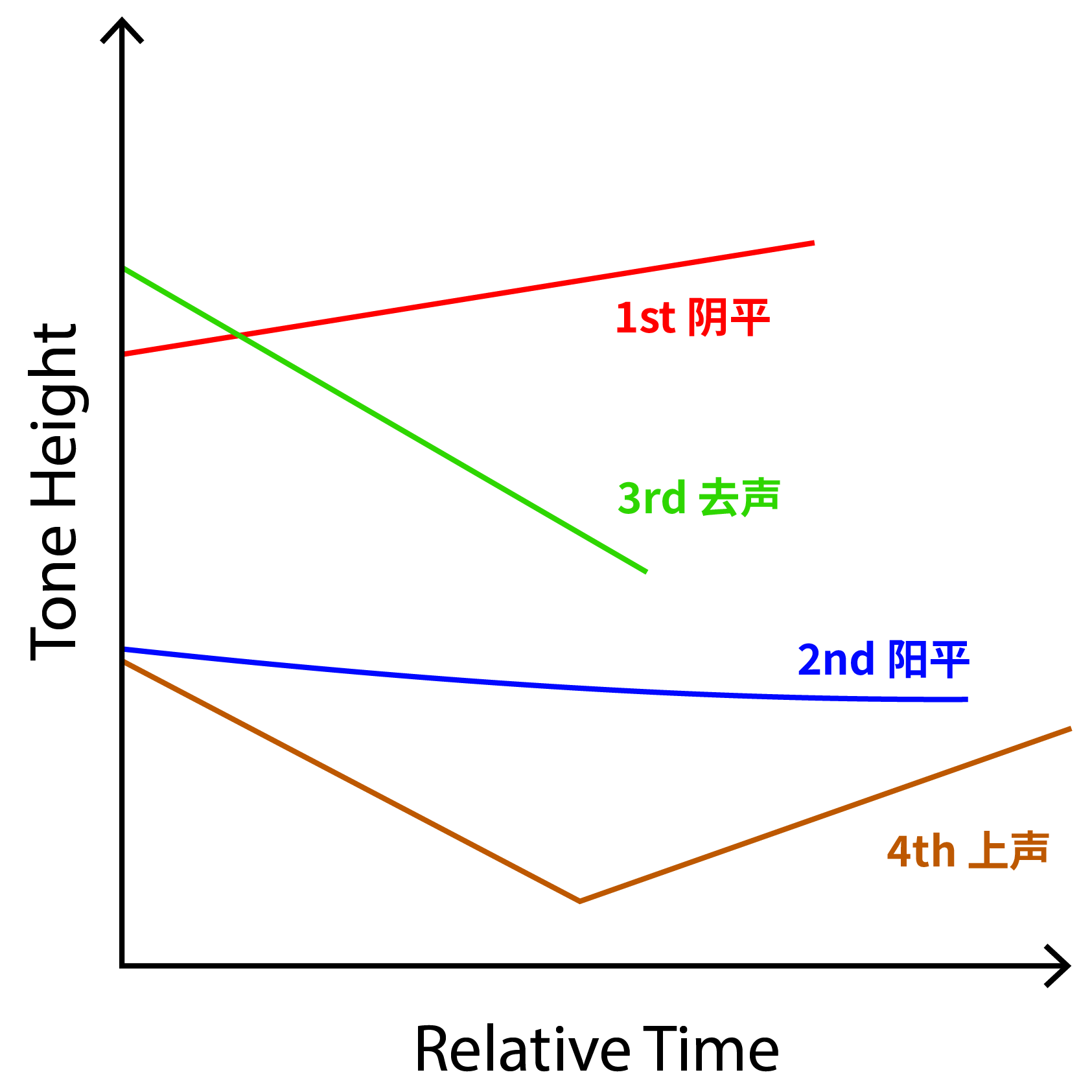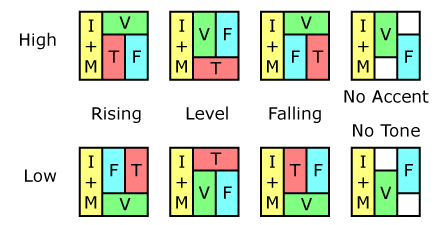 Musa for Sichuanese
Musa for Sichuanese
The languages of southwest China - Sichuan, Yunnan, Guizhou, and surrounding regions - are mutually intelligible with Standard Chinese, despite some differences. They are spoken by about 260 million people, but there is no standard - there are many distinct dialects, also unintelligible to each other. This page will focus on the dialect of Chengdu and Chongqing, with about 90 million speakers, which we can call Sichuanese.
Sichuanese is now written in Chinese characters, but as with Standard Chinese, there is no relationship between the written and spoken forms of words, so they have to be learned separately. If a language has good phonetic orthography - a good alphabet and good spelling, like Musa offers - then the relationship between the spoken and written language is very simple, and learning to read and write is easy. If not - if the alphabet or spelling is bad or, like Chinese, the orthography isn't phonetic - then learning to read and write is much more difficult.
Sichuanese words are formed of syllables that each have an initial consonant, a medial semivowel, a vowel, a tone (or no tone), and possibly a final consonant. When there's no final consonant, we write a Break.
In the tables below, the black shows Sichuanese pinyin, while the green shows the International Phonetic Alphabet. Humming is our word for Alveolo-Palatal. The characters offer examples.
Initial Consonants
| Labial | Coronal | Humming | Velar | |
|---|---|---|---|---|
| Nasal | m [m] 没 | n [n] 路 | ny [ȵ] 你 | ng [ŋ] 我 |
| Tenuis Plosive |
b [p] 贝 | d [t] 得 | g [k] 古 | |
| Aspirated Plosive |
p [pʰ] 配 | t [tʰ] 套 | k [kʰ] 可 | |
| Tenuis Affricate |
z [ts] 早 | j [tɕ] 价 | ||
| Aspirated Affricate |
c [tsʰ] 草 | q [tɕʰ] 巧 | ||
| Voiced Fricative |
v [v] 五 | r [z] 如 | ||
| Unvoiced Fricative |
f [f] 发 | s [s] 是 | x [ɕ] 小 | h [x] 好 |
| Null Initial | [ɰ] 儿 | |||
The null initial is used when there is no other initial, and no medial. But syllables that start with i u ü use y w ɥ as initial, respectively.
Rimes
The combination of medial semivowel, vowel, and final consonant is called the rime.
| ı [ɨ] 日 | i [i] 一 | u [u] 五 | ü [y] 鱼 |
| e [e] 黑 | ie [je] 叶 | ue [we] 国 | üe [ɥe] 绝 |
| o [o] 我 | üo [ɥo] 药 | ||
| a [a] 大 | ia [ja] 牙 | ua [wa] 瓜 | |
| ei [ej] 批 | uei [wej] 类 | ||
| ai [aj] 街 | iai [jaj] 介 | uai [waj] 乖 | |
| ou [əw] 走 | iu [jəw] 九 | ||
| ao [aw] 包 | iao [jaw] 标 | ||
| en [en] 樱 | in [in] 兵 | un [uən] 春 | ün [yn] 泳 |
| an [an] 烦 | ian [jan] 变 | uan [wan] 段 | üan [ɥan] 鲜 |
| ong [ɔŋ] 亩 | iong [jɔŋ] 蓉 | ||
| ang [aŋ] 帮 | iang [jaŋ] 量 | uang [waŋ] 光 |
Tones
Some dialects of Sichuanese feature five tones, but most have only four. However, they aren't the same four as Standard Chinese - not the pitch contour, nor (more importantly) do words have corresponding tones in Sichuanese and Standard Chinese. The reason is that as the tone systems evolved, different sets of tones combined or split in the various dialects. So even a native Chinese speaker from Beijing would have to learn each Sichuanese word anew, including its tone. Here's an image of the four tones:

Sichuanese first tone is a slightly rising high level tone, similar to Standard Chinese. But second tone is a low falling tone. Third tone is a high falling tone, and fourth tone is a low dipping tone. Remember that in Musa, tones are interpreted after the position of the vowel, not the accent.
| | | | |
|---|---|---|---|
| 45 ˦˥ | 21 ˨˩ | 53 ˥˧ | 213 ˨˩˧ |
| high level | low falling | high falling | low dipping |
| 1st | 2nd | 3rd | 4th |
The first and third tones use the same accent marks as the fourth and second tones, but they're written below a high vowel instead of above a low vowel. Here are the four tones applied to the vowel a :
| | | | |
|---|---|---|---|
| 1st | 2nd | 3rd | 4th |
Fangzi Gait
Writing in characters has lots of disadvantages, but among its advantages over alphabets is how easy it is to recognize the borders between syllables. Musa adopts this advantage by writing Sichuanese in Fangzi gait, in which the elements of each syllable - initial, medial, vowel, final, and tone - are all written inside a block, like a character except that the elements are phonetic. Here's how it works:
Each Fangzi block fits in a 3×3 square of cells, where each cell holds one shape. The 3 cells in the left column contain the initial consonant, plus a medial (if any), written as a ligature. The vowel, final, and tone each fit in 2 of the remaining 6 cells, but their position depends on the tone:

Not all these patterns are needed in Sichuanese, but this gait is used for several other dialects and other languages, so I've shown them all. We still write a Break at the end of Open syllables, we write spaces between words, and use Musa punctuation to separate larger units.
| © 2002-2025 The Musa Academy | musa@musa.bet | 10mar25 |